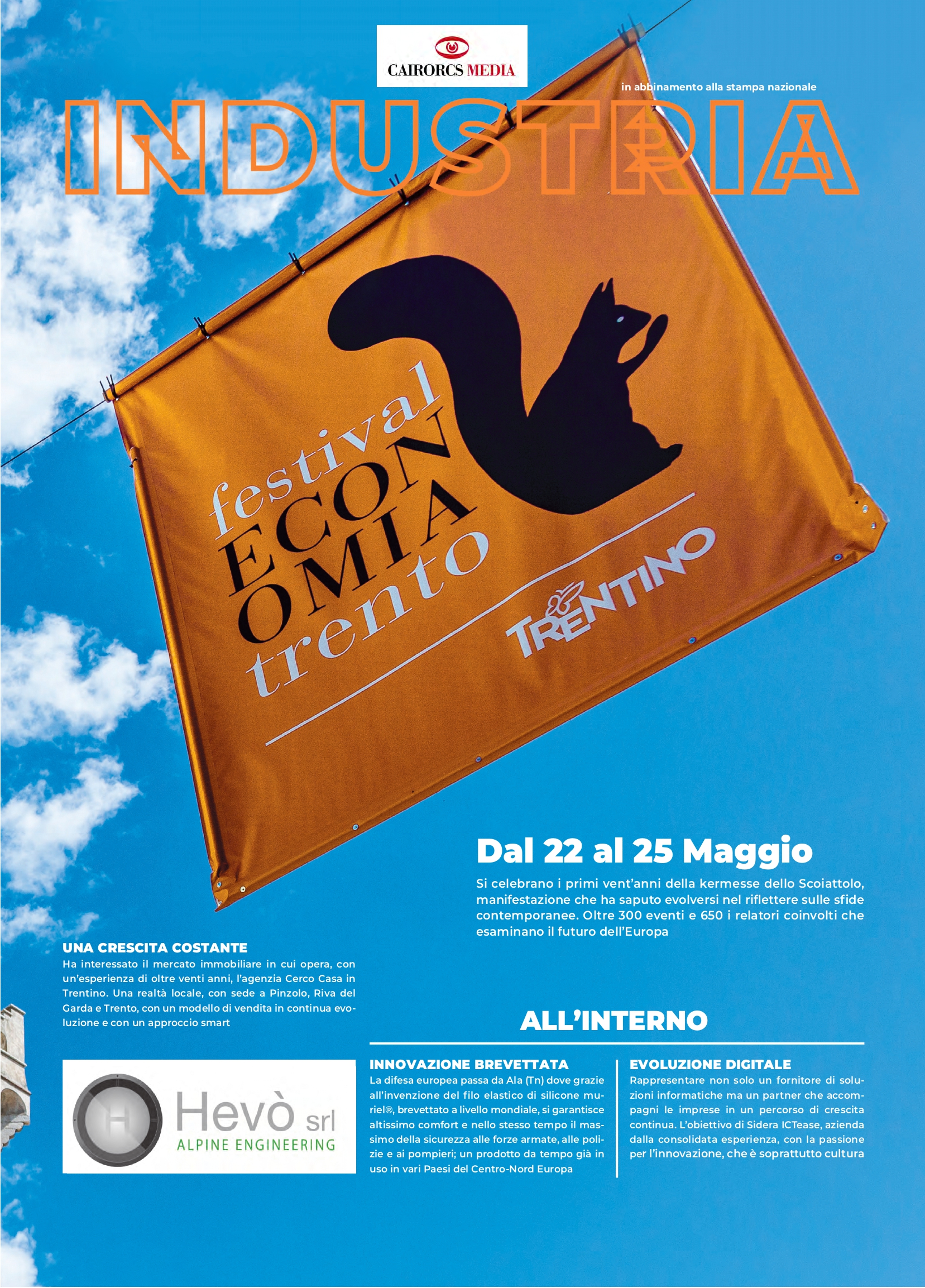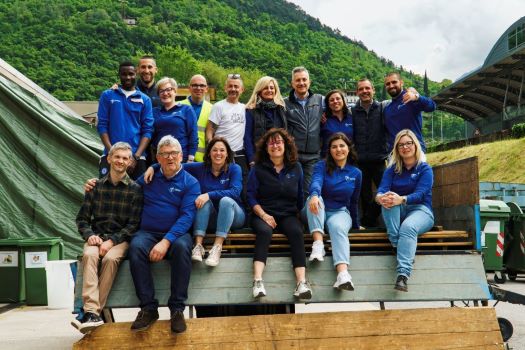Main Approvals for Gas
EN 549
European legislation specifying the physical-mechanical requirements of rubber materials used for the production of O-rings and membranes in gas applications and equipment.
The compounds can be classified in relation to the temperature range of use (A, B, C, D, E), which may vary from a minimum of 0°C or -20°C (1 or 2) to a maximum of 150°C, and the hardness (H1, H2, H3). The tests carried out by the appointed laboratories are as follows:
- Hardness
- Load and elongation at breakage
- Compression set (high and low temperatures)
- Resistance to air ageing
- Gas resistance (n-pentane) n-pentano
- Resistance to lubricants (ASTM 2 oil). Resistance test in ozone is optional. Such legislation is subdivided into 2 tables with different requirements according to whether the compounds are used to produce manufactures type O-rings or type membranes, for which the parameters allowed are more restricted.
With regard to this type of certification, we refer to the German DVGW Institute, which assigns us a laboratory to use for the testing. Such certification expires after five years.
| Class for EN 549 | A1 | B1 | C1 | D1 | E1 | A2 | B2 | C2 | D2 | |
| Range of operating temperature | from | 0 | 0 | 0 | 0 | 0 | -20 | -20 | -20 | -20 |
| to | 60 | 80 | 100 | 125 | 150 | 60 | 80 | 100 | 125 | |
| Class for EN 549 | H1 | H2 | H3 | |||||||
| Nominal hardness range | < 45 | 45 to 60 | > 60 to 90 |
EN 682
European legislation specifies the requirements of elastomeric materials used in pipes and fittings for the transport of gas and fluid hydrocarbons. The compounds can be classified according to the type of application (GA: combustible gas; GB: fluid hydrocarbons and combustible gases; H: aromatic hydrocarbons and condensing combustible gases) and at the operating temperature, which can vary from -5 to 50°C (GA, GB, H) or from -15 to 50°C (GAL, GBL).
The tests to be carried out by the appointed laboratory are as follows:
- Hardness
- Load and elongation/length at break
- Compression set (high and low temperatures)
- Resistance to air ageing
- Relaxation/slackening from force and compression
- Volume variation in FUEL B
- Volume variation in oil IRM 903
- Ozone resistance
With regard to this type of certification we refer to the Spanish laboratory, LGAI Technological Centre S.A., as notified according to Directive 89/106/EEC, which allows us to mark our products CE in TEC N31-mixtures70, if used in civil and industrial construction.
DVGW-VP406
A worksheet issued by DVGW that accompanies EN 549 or EN 682 certifications for gas contact applications in Germany. The worksheet is subdivided into 2 parts:
The first, which has already become mandatory in addition to EN 549 and EN 682 certifications, provides for an elastomeric material identification test (through IR technique).
The second is, however, still optional, and provides the following tests:
- Ozone resistance
- Relaxation of compressive force (Rilassamento della forza a compressione)
- Test of compression set in conditions of 3000h to 70°C, with measurement of the value of compression set every 1000h. This test has the clear intention of evaluating the behaviour of the material in a rather significant time span. Maximum permissible compression set value not yet defined
If the mixture is already EN 682 approved, only the compression set test is carried out, as the other tests are already covered by the standard. With regard to this type of certification, we contact the German DVGW Institute, which assigns us a laboratory to use for the testing.
Such certification expires after 5 years.

